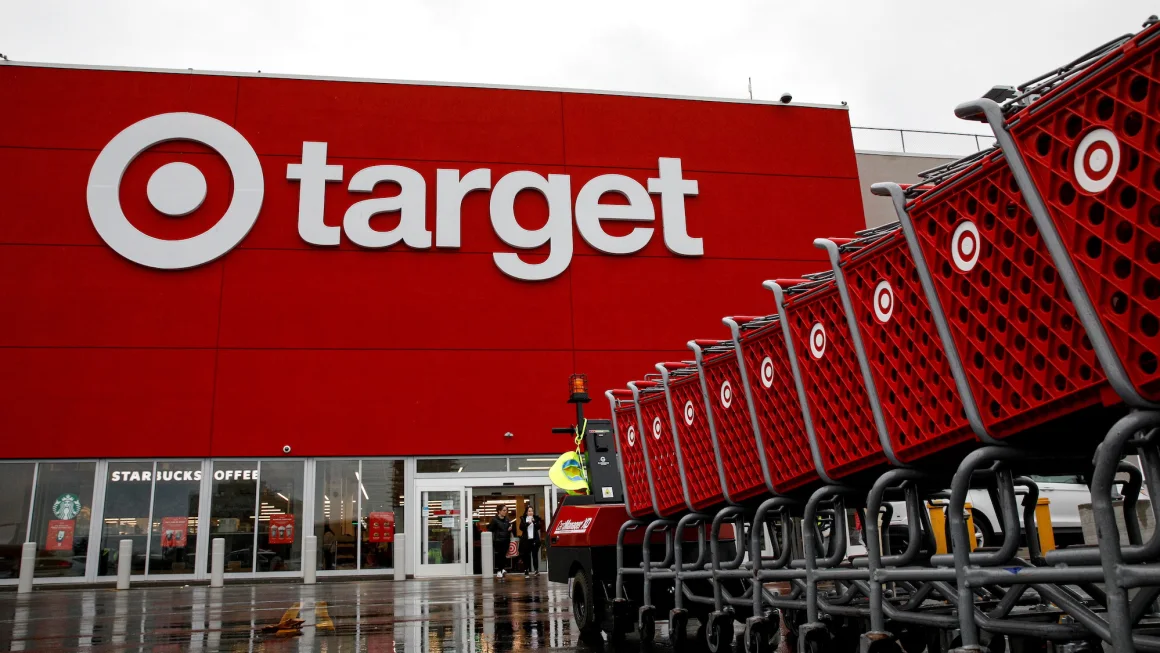Checks are the Preferred Method for High Dollar Payments
- Some major retailers have announced they will no longer take checks
- "High Dollar Services" remain popular for checks
- Check usage remains prevalent enough to merit effective security measures
PaymentsJournal reports that, in spite of news that Target stores has stopped accepting checks (joining other major merchants such as Whole Foods and Aldi) the "grand old payment method" is anything but going extinct.
Target cited “extremely low volumes” for the decision, which should not come as a surprise. According to 2022 data from the Federal Reserve Bank of Boston, only 1% of all retail purchases were made via check. However, there are still areas where check writing makes sense.

(Source: CNN Business)
As PaymentsJournal goes on to explain, check usage has indeed declined in recent years, down from 18.1 billion checks written in 2015 to 11.2 billion checks in 2021, according to the Federal Reserve. At the same time, they reveal, the overall value of check payments increased slightly from 2018 to 2021 -- rising from $1,908 in 2018 to $2,430 in 2021, totaling $27.23 trillion.
But, why the trend?
Where Checks are Still Utilized or Preferred

Checks are still commonly used for high-dollar services, such as paying contractors, with 43% of contractor payments made by check, as well as for charitable donations, government fees, and rent. A major reason for this is the high fees levied on credit card payments -- typically 1.5%-3.5% -- for their service/product provider. Small business owners or owner-operators like contractors charge high dollar amounts for their services and avoid payment types like credit cards as the fees can take a hefty chunk of their revenue.
Additionally, paper check usage by the federal government remains significant, with 23% of benefit recipients receiving checks or vouchers. A large portion of the population still does not have a checking account -- aka the underbanked -- that cannot accept direct deposits.
Lastly, we have noted recently that checks are the preferred method of payments for B2B. There are several reasons for this, including the benefits from "float" time, a paper trail of the payment, and to the "if it ain't broke, don't fix it" approach.
With all these factors, check values have increased significantly as lower dollar checks have slowly phased out.
While some industry pundits want to push the "checks are dead" narrative, this reality for financial institutions is to ensure checks co-exist with the newer payment channels. That is why FIs are adopting AI and machine learning technologies to optimize check processing. These technologies are enabling FIs to achieve straight-through processing of checks to create new efficiencies, bring the legacy payment into the 21st century.